Author Archive

Timothy O’Sullivan, Historic Spanish Record of the Conquest, 1873
Elizabeth Hutchinson, Barnard College
This image of an inscribed rock raises questions about the Spanish conquest of the American Southwest, post-Civil War western expansion, and the Frontier Thesis.
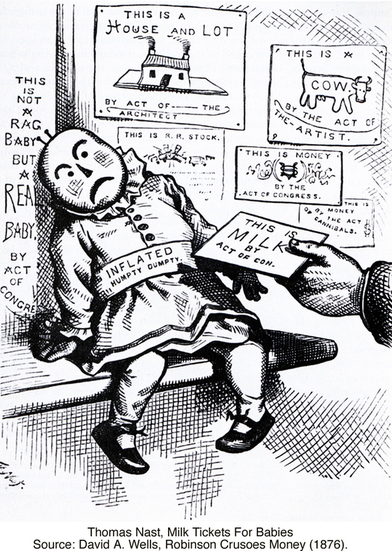
Thomas Nast, Milk Tickets for Babies, 1876
Michael O'Malley, George Mason University
Michael O’Malley explains how Thomas Nast’s 1876 political cartoon lampooning paper money provides an opportunity for students to explore public debate about economic transformations during the Gilded Age.
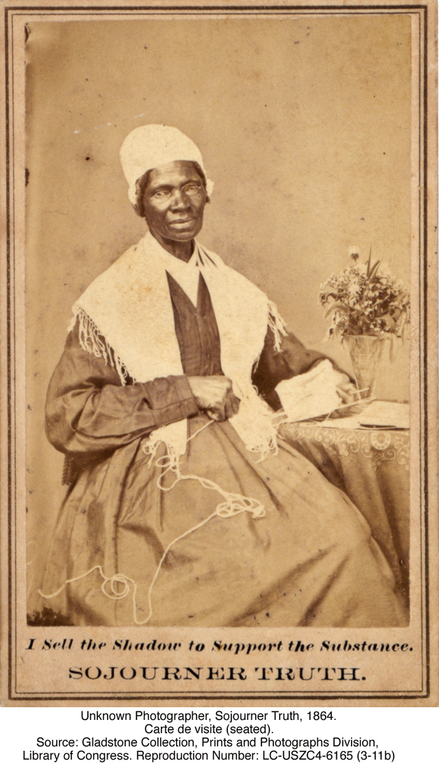
Portrait of Sojourner Truth, 1864
Elizabeth Hutchinson, Barnard College
This carte-de-visite portrait of African-American abolitionist Sojourner Truth was sold to help raise money for her speaking tours. Art historian Elizabeth Hutchinson uses it to explore public perceptions of slavery, abolitionism, celebrity, and the constructed nature of photographs.
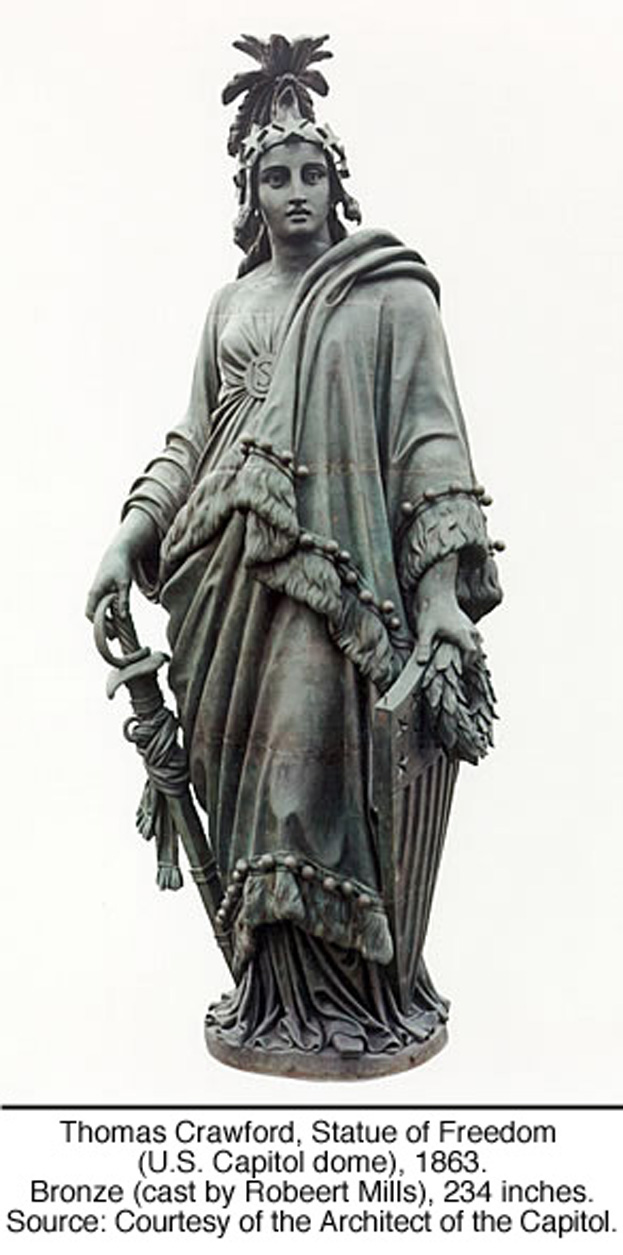
Thomas Crawford, Statue of Freedom, 1855-63
Vivien Green Fryd, Vanderbilt University
Art historian Vivien Fryd explains how the Statue of Freedom, the bronze statue atop the U.S. Capitol dome in Washington, D.C., was altered to accommodate the sectional and racial politics of antebellum America.
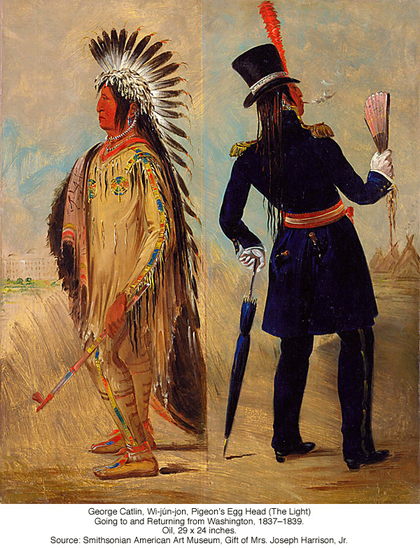
“Doing History” with Two Portraits of Native Americans
David Jaffee, Bard Graduate Center for Studies in the Decorative Arts, Design, and Culture
David Jaffee uses two images of Native Americans combined with primary text documents to challenge students to thnk visually as historians rather than merely to think visually.
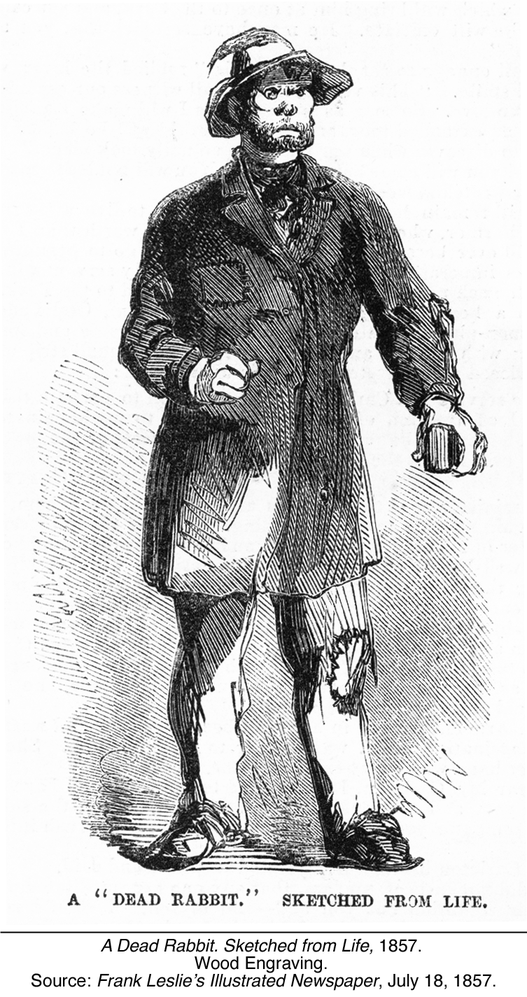
Two Views of a Dead Rabbit
Joshua Brown, The Graduate Center, City University of New York
This essay examines two images of members of an Irish street gang in the mid-nineteenth century that address issues of immigrant stereotyping, urban immigration, poverty, and reform in the wake of large-scale Irish immigration.
